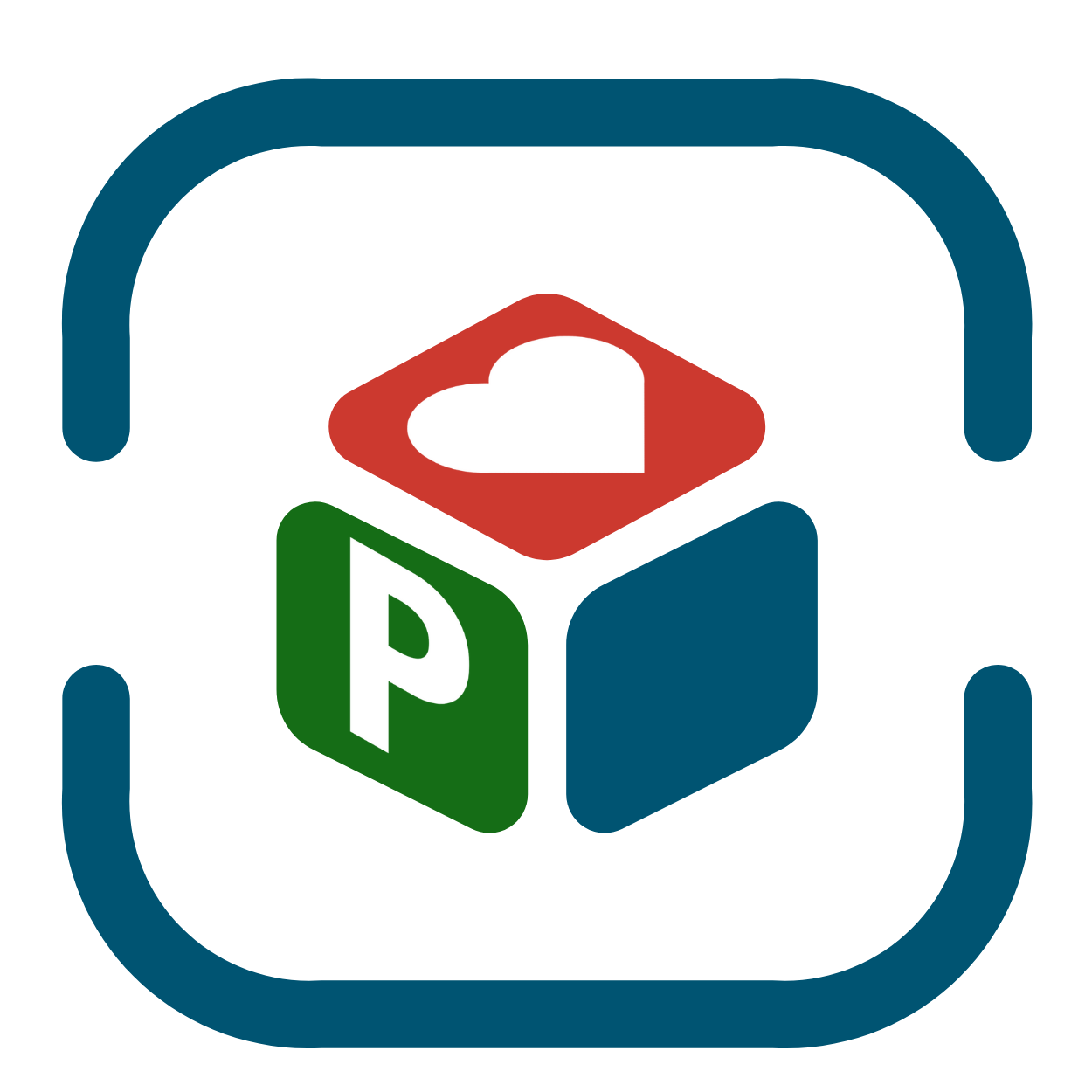Understanding Strokes: Causes, Symptoms, and Steps to Recovery
Strokes, often referred to as “brain attacks,” are a leading cause of disability and death worldwide. They occur when blood flow to the brain is interrupted, depriving brain cells of oxygen and nutrients, leading to cell death and potential damage to brain function. Understanding strokes is crucial for early recognition, prompt treatment, and maximizing the chances of recovery.
What Causes Strokes?
There are two main types of strokes:
- Ischemic strokes: Caused by a blocked blood vessel, accounting for about 85% of all strokes. Blockages can be caused by blood clots, fatty deposits (atherosclerosis), or small embolisms from other parts of the body.
- Hemorrhagic strokes: Caused by a burst blood vessel, accounting for about 15% of strokes. Risk factors include high blood pressure, weakened blood vessel walls (aneurysms), and trauma.
Recognizing the Signs of Stroke:
Time is critical in stroke treatment. Recognizing the symptoms and acting quickly can significantly improve outcomes. The acronym FAST serves as a reminder of the key warning signs:
- F – Face Drooping: Does one side of the face droop or feel numb? Ask the person to smile.
- A – Arm Weakness: Is one arm weak or numb? Ask the person to raise both arms and see if one drifts downward.
- S – Speech Difficulty: Is speech slurred or difficult to understand? Ask the person to repeat a simple phrase.
- T – Time to Call Emergency Services: If you experience any of these symptoms, call emergency services immediately.
Treatment and Recovery:
Rapid medical intervention is essential for stroke treatment. Depending on the type of stroke, treatment may involve medications to dissolve blood clots, surgery to remove the clot or repair a burst blood vessel, and rehabilitation to regain lost function.
Recovery from a stroke can be a long and challenging process. Rehabilitation typically involves physical, occupational, and speech therapy to help individuals regain independence and improve their quality of life.
Preventing Strokes:
Fortunately, many lifestyle changes can significantly reduce your risk of stroke. These include:
- Maintaining a healthy weight: Excess weight increases blood pressure and cholesterol, major risk factors for stroke.
- Following a healthy diet: Consume plenty of fruits, vegetables, and whole grains while limiting processed foods, saturated and trans fats, and added sugar.
- Exercising regularly: Aim for at least 30 minutes of moderate-intensity exercise most days of the week.
- Managing chronic conditions: Control high blood pressure, diabetes, and high cholesterol effectively through medication and lifestyle changes.
- Quitting smoking: Smoking significantly increases the risk of stroke.
- Limiting alcohol intake: Excessive alcohol consumption can elevate blood pressure and increase stroke risk.
Empowering Yourself with Knowledge:
Strokes are a serious medical condition, but with awareness, prevention strategies, and prompt treatment, the impact can be minimized. By understanding the causes, symptoms, and risk factors, you can empower yourself and your loved ones to make informed choices and live healthier lives.

